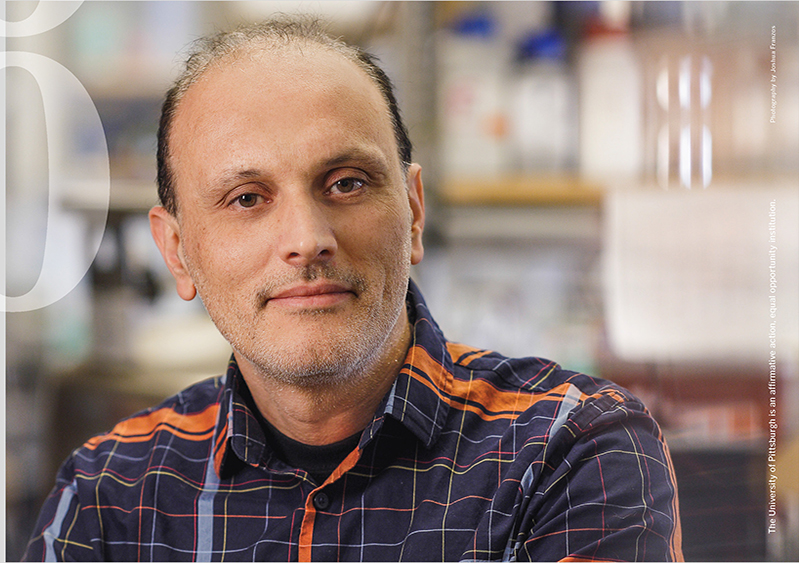Topic Overview:
The wealth of information gained by mapping the epigenome, combined with the availability of tools to study high-order chromatin (i.e., Hi-C), lays the groundwork to investigate exciting questions on how nuclear architecture, chromatin regulation, and gene expression are interlinked during cellular differentiation. This is an area that can potentially be very helpful in understanding the molecular mechanisms of developmental transitions and their associated human disorders. The Al Diri group seeks to analyze dynamics of the chromatin topology that accommodate enhancer-promoter interactions and examine the consequences of disrupting local genomic architecture to gene expression in vivo on mammalian retinal development, a great model to understand cellular differentiation.
Al Diri and colleagues have used next generation sequencing technologies to map the epigenetic landscape and high-order chromatin architecture across several stages of mouse and human retinal development. They identified many novel developmental stage-specific enhancers and super-enhancers that are associated with key developmental transitions during retinogenesis. Additionally, Al Diri and coworkers have integrated data from FISH visualization, chromatin topology, and RNA-Seq to gain insights on the principles that govern the link between 3D nuclear localization, gene expression status, epigenetic regulation, and high-order chromatin conformation. They have used CRISPR/Cas9 technology to functionally validate cis-regulatory elements that specifically drive the expression of transcription factors important for retinal cell-type differentiation.











